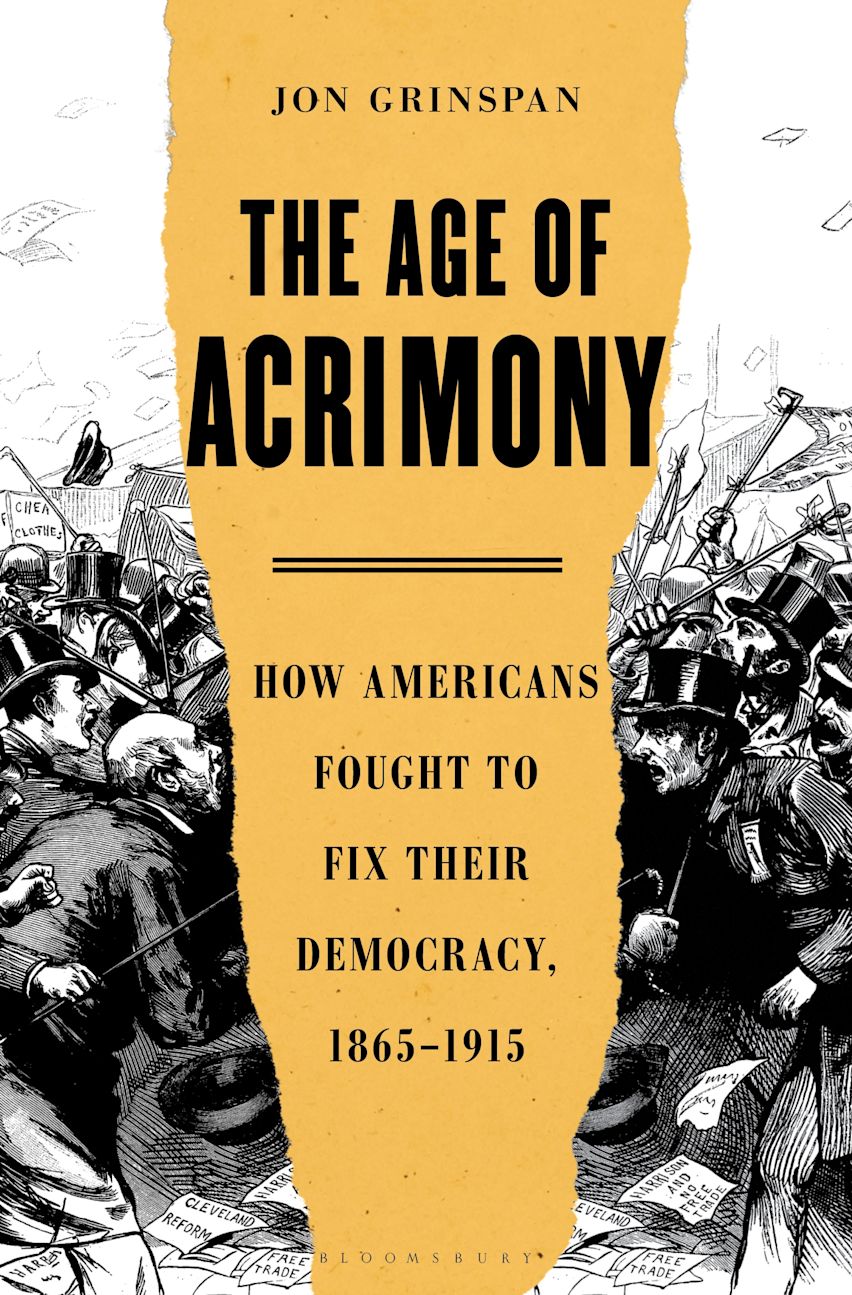The politics of Gilded Age America has always lent itself to a certain mock-heroic streak in historical storytelling; the name of the era comes down to us, after all, from an 1876 satirical novel by Mark Twain and Charles Dudley Warner. And like that saga of rampant corruption, the clash of big-ticket interests and constituencies amid the rise of industrial capitalism tends to take on outsize, lurid proportions in retrospect.
It’s not, of course, that the convulsions of the age weren’t momentous. Rather, it’s that the impression of dramatic rupture and apocalyptic confrontation tends to crowd out the more measured and incremental conflicts that played just as powerful a role in the age’s epic efforts to create new forms of civic accountability and mass protest.
For this reason alone, Jon Grinspan’s nuanced and engaging study, The Age of Acrimony, is a welcome addition to the vast body of historical interpretations of what the Gilded Age meant for the erratic quest to fulfill the American nation’s democratic promise. Against the notion that our political system was, under the combined pressures of industrialism, urbanization, racial suppression, farm and labor insurgencies, and nativist backlash, evolving into a giant rolling shakedown administered at the behest of this or that powerful and conspiratorial faction, The Age of Acrimony stresses the broader currents of change in American mass politics. A sober inventory of the era’s signature political battles shows, as Grinspan writes, that the Gilded Age’s “fantastic number of scams and schemes … were outweighed by the votes and passions of tens of millions of citizens who had a greater cumulative impact.”
What makes these struggles so hard to parse for many historians is the glum verdict they delivered on small-d democracy in America: It appeared not only to be in disrepair but to be moving in reverse. “Massive public participation made it harder, not easier, to tackle the inequities of [the] era,” Grinspan, a curator of political history at the Smithsonian’s National Museum of American history, writes. “It was an engaged majority, not scheming minorities, that made politics so fascinating and frustrating.” Indeed, as the election cycles of the Gilded Age produced historic levels of voter participation, the specter of abuse and corruption in high office loomed ever larger—producing at the end of the age’s great conflagrations a mordant Progressive consensus that the best remedy for the ills of democracy was to engineer a new society that relied a lot less on it.
